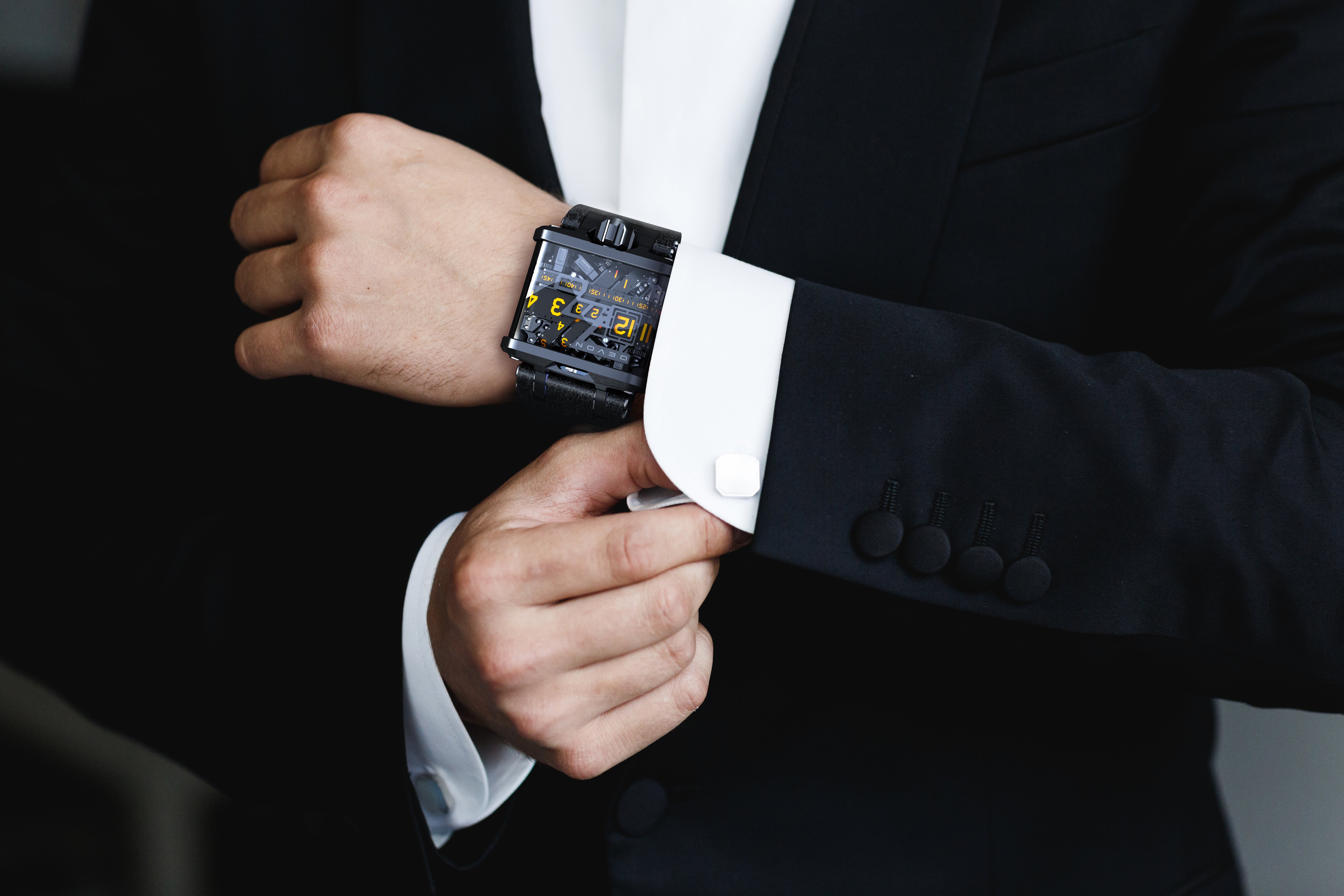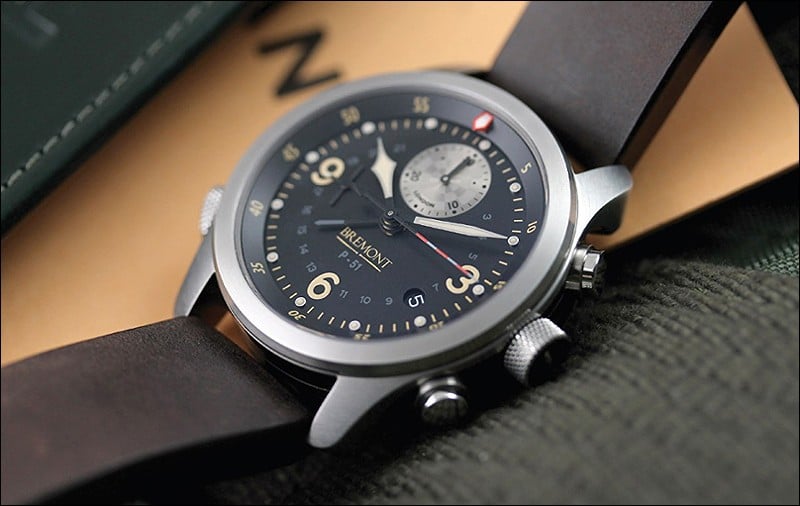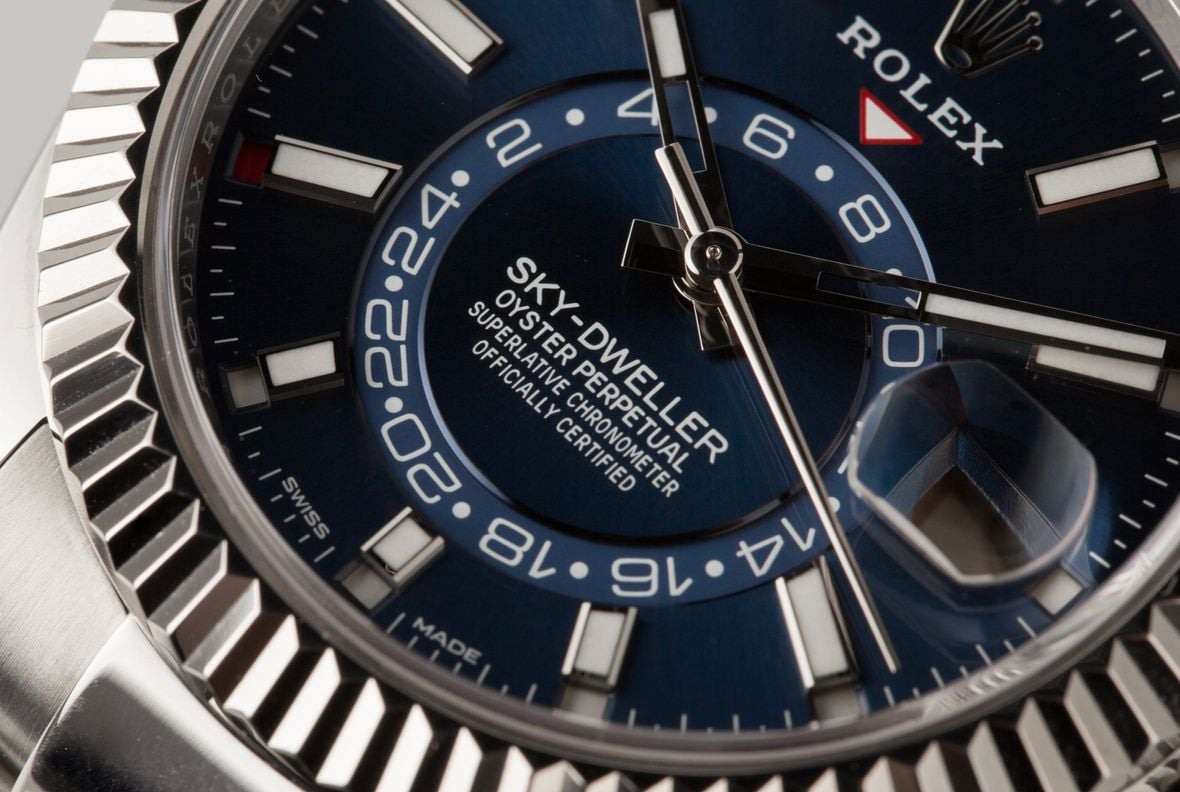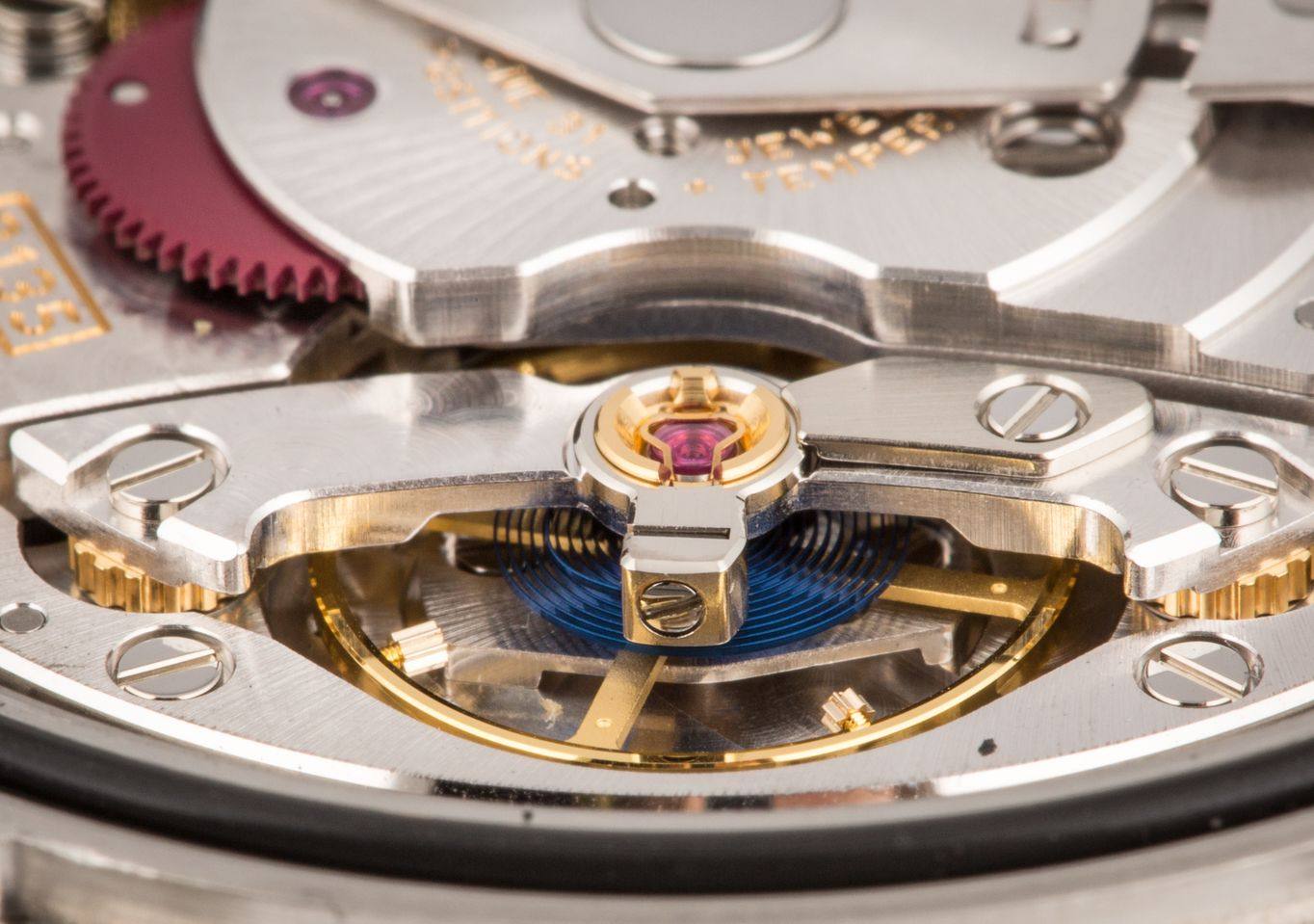No other watch brand has a closer association with motor racing than Heuer.
Starting life in 1860, the brand quickly chalked up a number of firsts that secured its reputation as a manufacture of highly precise timekeepers that would go on to revolutionize the sport.
One of these early innovations was founder Edouard Heuer’s invention of the oscillating pinion in 1887. A vastly simplified method of coupling a caliber’s chronograph function with the chronometer itself, it is still being used by major movement producers today.
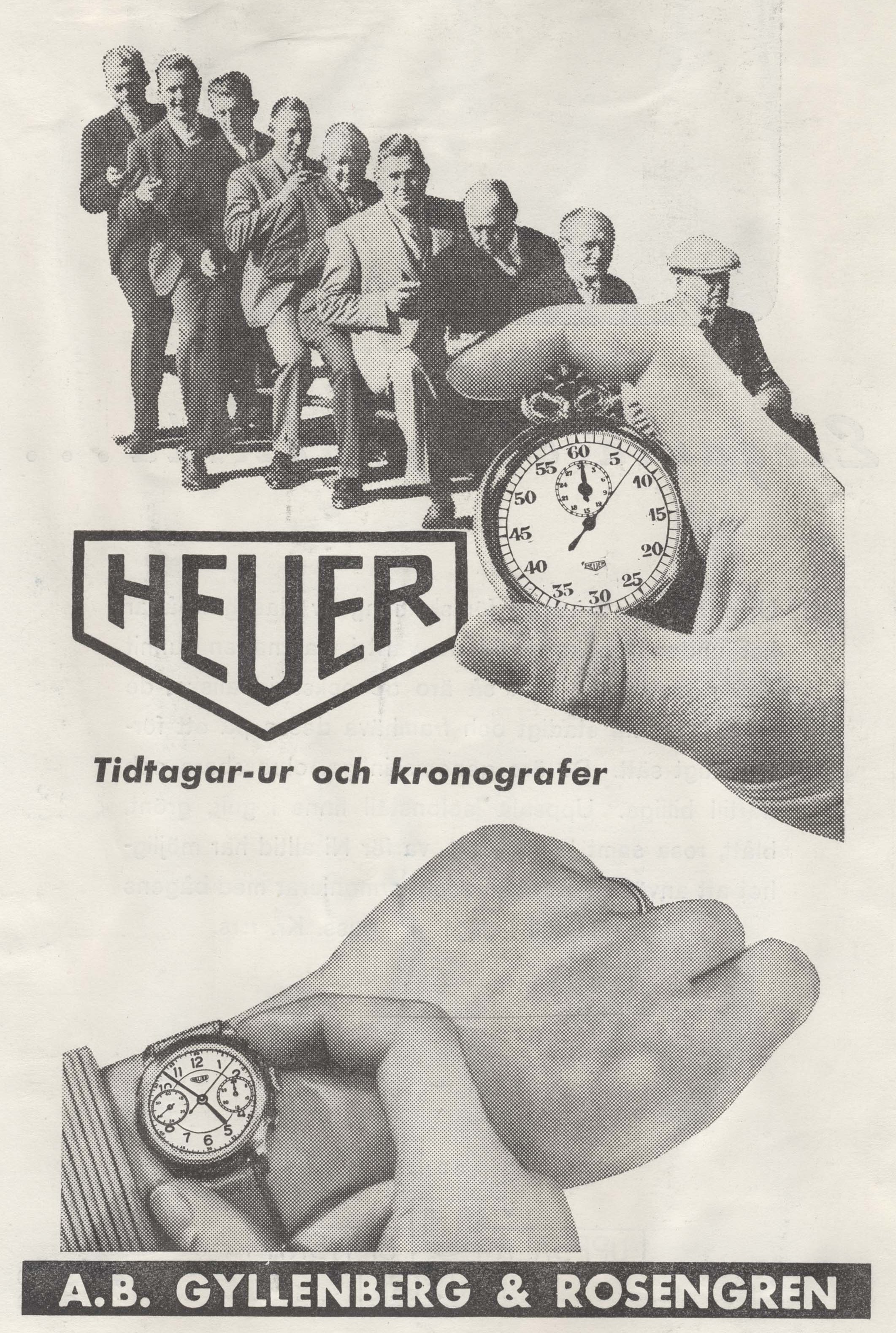
However, perhaps their most important breakthrough came in 1916 when they launched the Mikrograph, the first stopwatch capable of measuring 1/100th second. It was a development that transformed sports timekeeping and it served as the official timer of the Olympic games throughout the 1920s.
With the advent of Formula 1 in the 50s, Heuer was there again, with legendary teams such as Ferrari, Lotus and Maserati all using the company’s chronographs, and the brand became sanctioned timekeeper for F1 in the 1970s when they introduced ACIT. The Automatic Car Identification Technology system was the first to use radio transmitters, each with a unique frequency, to communicate with a receiver at the finish line. It meant every car’s individual race position at the chequered flag could now be identified down to 1/1000th second.
Over the years they have associated with some of the biggest names in luxury motor sport, partnering with the likes of Ayrton Senna and, since their 1985 takeover by the TAG Group, the Aston Martin Red Bull Racing Team and have even utilized their Live Timing Technology as the approved sponsor of video game Gran Turismo Sport.
But it is the watches that have grown out of this relationship with the high octane world of the race track that are so singularly impressive, and below we will look at some of the brand’s most iconic models.
The Heuer Autavia
Before it was made as a wrist chronograph, the original Autavia was a dashboard stopwatch for race cars, dating from 1933.
It was discontinued in 1958 and replaced by the Monte Carlo, which had a larger and more legible central minute hand, all the better for reading accurately at high speed.
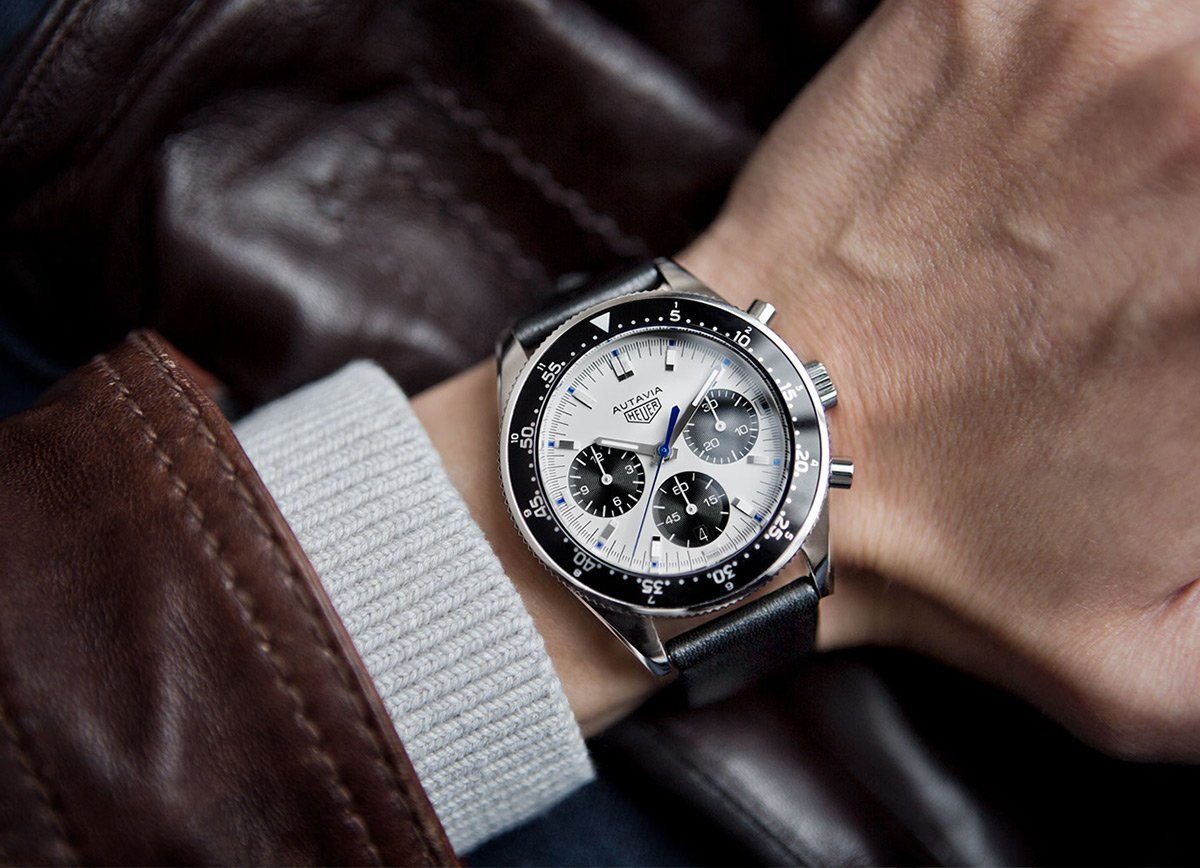
That left the Autavia name, a combination of ‘automobile’ and ‘aviation’, up for grabs and in 1962 it was given to not only the first new model to emerge since the company was headed up by the renowned Jack Heuer, but also the first watch from the company to feature a rotating bezel.
While the idea of a turnable surround was by no means new by that point, the number of different types offered on the Autavia set it apart. Buyers could take their pick from a tachymeter, a 60-minute, a 12-hour (or a combination of the two), a GMT or one of two divers bezels; the first measuring elapsed dive time, the other a decompression guide, helping to calculate how long could be spent underwater before the wearer needed to make safety stops.
The first Autavia generation lasted until 1968 and came in three distinct types, each with its own manually-winding caliber. The models with just two sub dials were powered by the Valjoux 92, while the three counter types used the same Valjoux 72 about to go into service inside the initial Rolex Daytona. And the Valjoux 724 was the GMT version of the same movement.
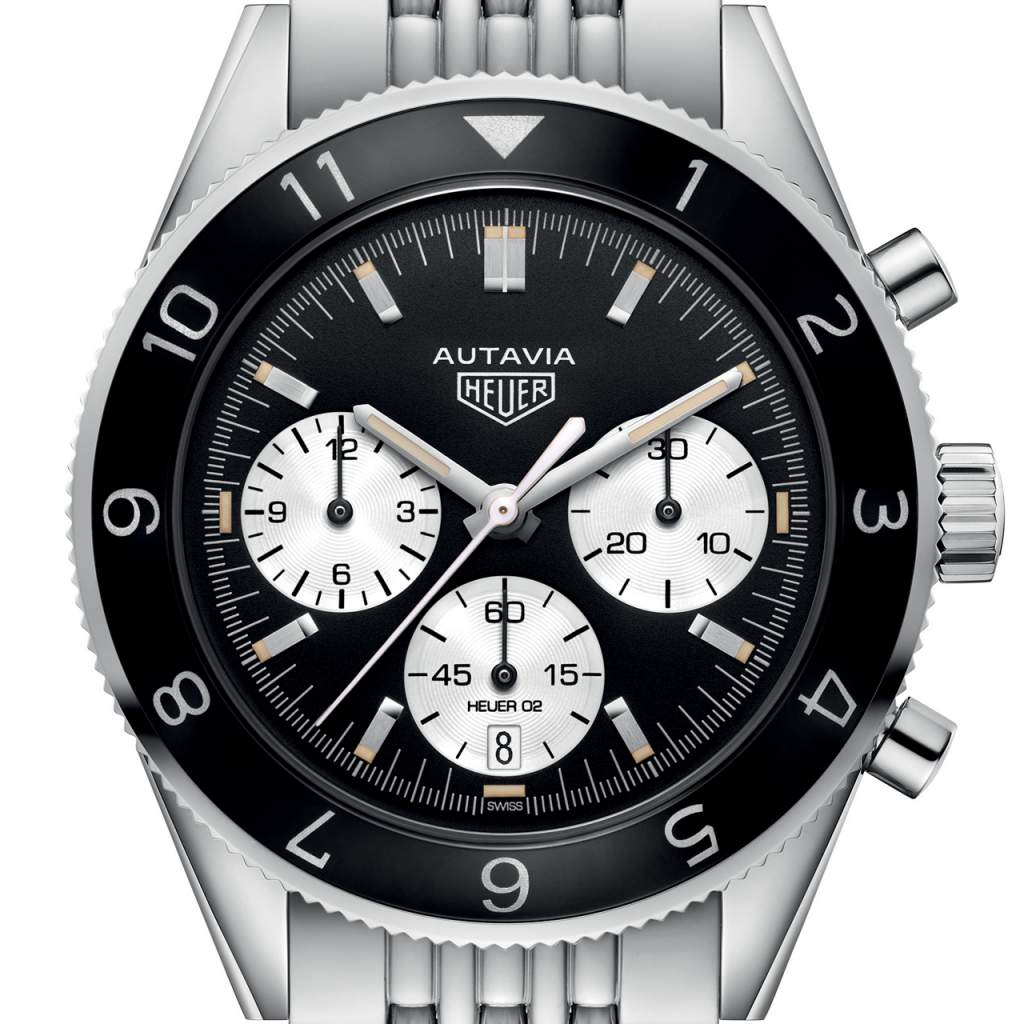
The second generation, which was only in production for two years, offered a new style of case back as well as a handful of styling flourishes and a range of updated calibers, all still manually-winding.
But it is the third generation, the one with Heuer’s solution to the automatic chronograph movement, that is best known. The race to build the first self-winding chronograph ended virtually in a three-way tie in 1969, when Zenith unveiled their El Primero, Seiko brought out the 6139 and the Chronomatic Group, consisting of Heuer, Breitling, Hamilton-Buren and Dubois-Depraz, launched the Caliber 11.
It made its way first of all into the 1163, with its redesigned case and blocky integrated lugs, and Heuer continued the development of both the watch and its movement throughout the next 25 years until the very last Autavia series, the 11X.603, emerged in 1985—the year the TAG Group took over.
Happily, the Autavia has been granted two reissues since then; once in 2003 in partnership with Jack Heuer that has since become a hot new collector’s item, and again in 2017 when the brand actually called on their own devotees to choose which model would be put into production.
Although not as well known as some of Heuer’s other racing-inspired offerings, the Autavia can lay claim to being the watch that started it all.
The Heuer Carrera
One of the two pieces that comes to mind most often when thinking about Heuer’s pedigree with the track, the Carrera was launched just 12 months after the Autavia.
It took its name from the Carrera Panamericana, a border-to-border six-day sports car race across Mexico which ran from 1950 to 1954, considered by many to be the most dangerous race of any sort ever held.
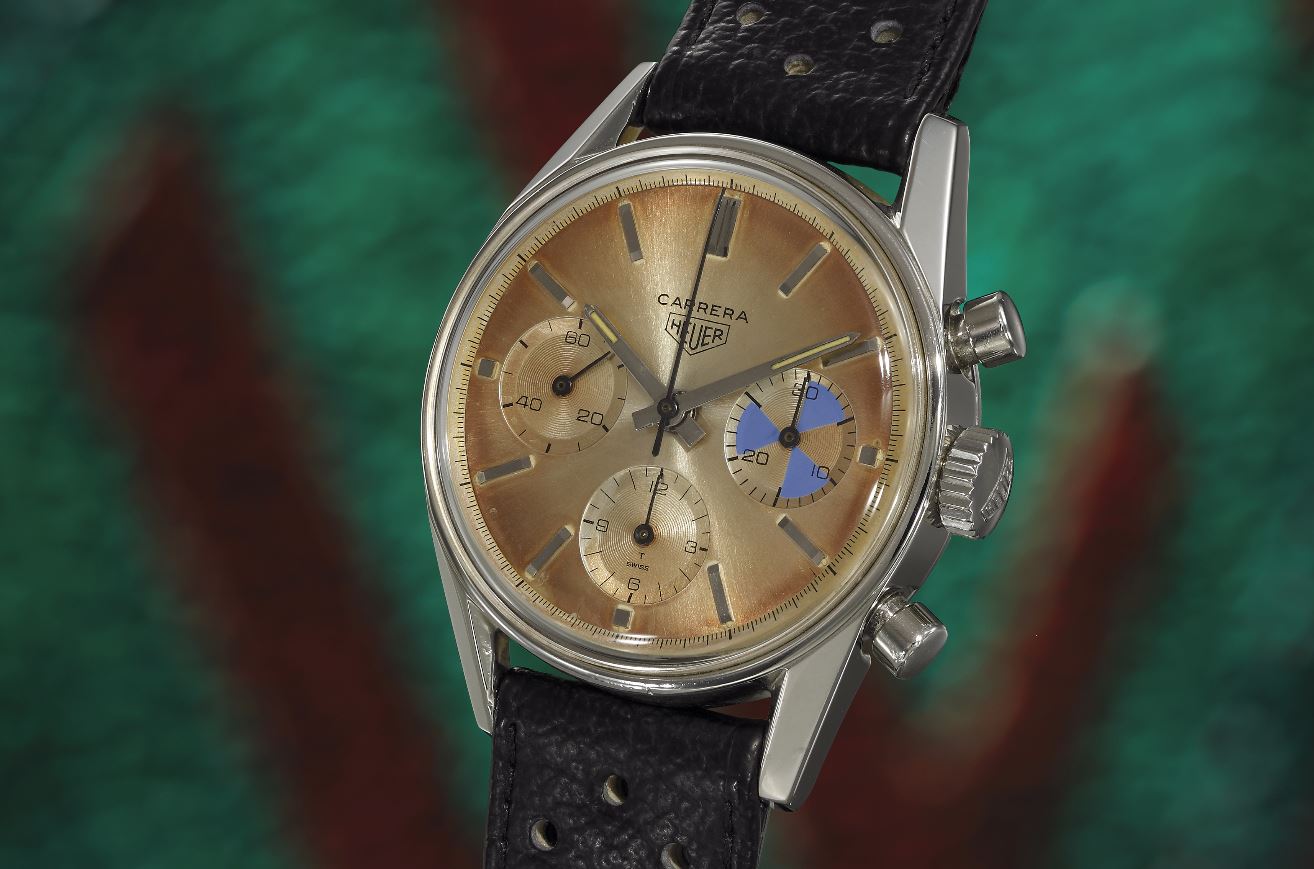
The styling of the Carrera was closely modeled on the layout of a race car’s instrument panel, one that prized legibility over everything else. It was a design that would alter dramatically over the watch’s 20+ year run, but it is the first generation, with its elegantly rounded 36mm dimensions and long straight lugs that remains the most recognizable of the type.
The classic, clean dial arrangement removed anything unnecessary, making the watch as easy to read as possible, enhanced by either two or three sub dials sunken into the face for a novel three-dimensional look.
A massive success on its launch, the Carrera became Heuer’s most popular model and was rolled out in a succession of evermore bold designs. It, like the Autavia which was running concurrently, received the Caliber 11 movement in the 1970s, along with a series of manual-winding options.
But with the arrival of the quartz crisis and its subsequent decimation of the mechanical watch industry, the Carrera suffered badly in sales and by the end of Jack Heuer’s time at the helm in 1982, the model was retired.
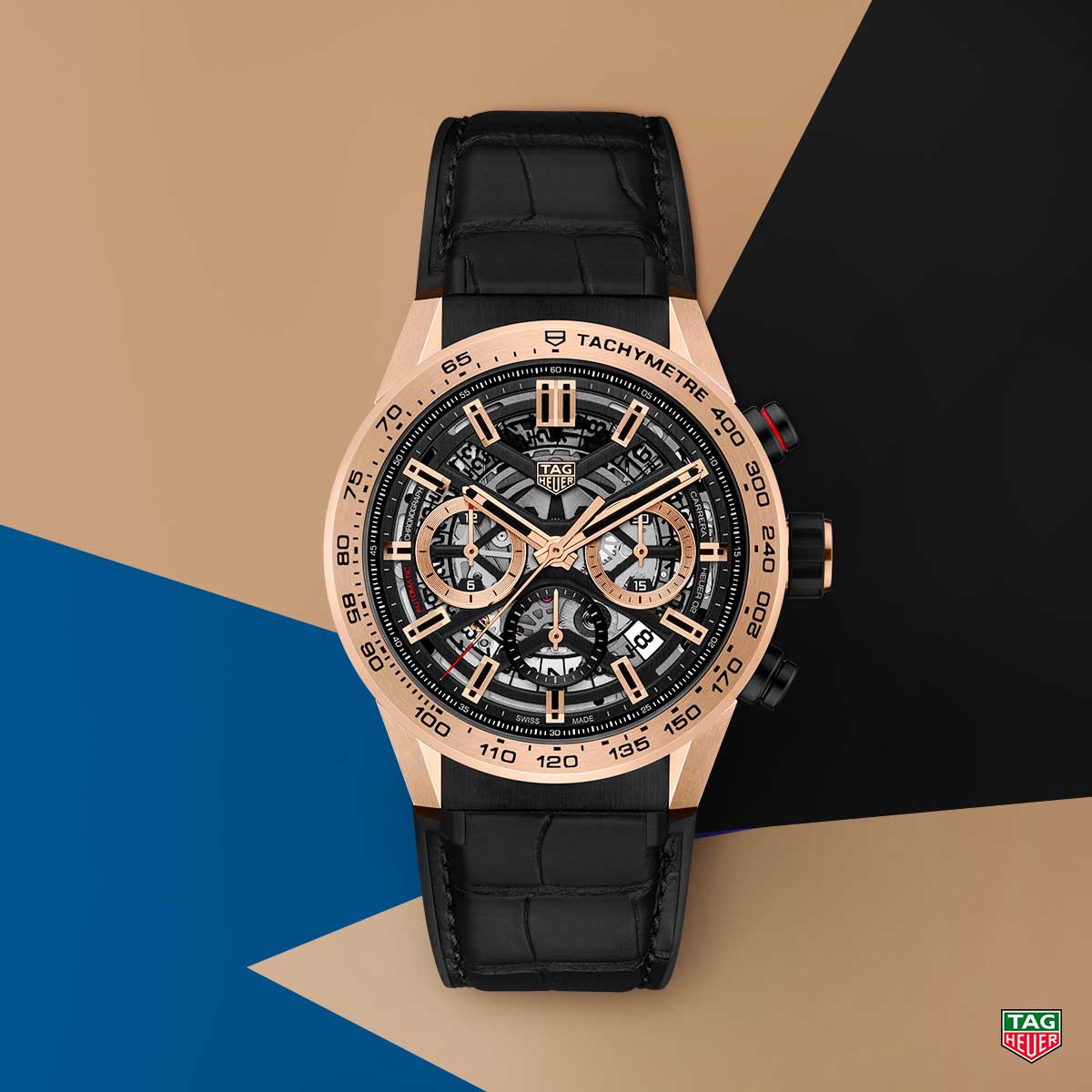
Following the near collapse of the company and its eventual rescuing by Techniques d’Avant Garde (making the TAG Heuer we know today) the Carrera was brought back as a one-off limited edition which was so well received the watch was relaunched into the standard lineup in 2004.
These Carrera’s for a whole new era continue to be among the favorite models of not just TAG Heuer fans but of motor racing aficionados in general, a worthy edition to one of the most evocative names in the sport.
The Heuer Monaco
And no list of drivers’ watches is complete without possibly the most distinctive and identifiable form of them all.
The Heuer Monaco came to life in 1969, the result of a collaboration between the brand and Erwin Piquerez, a Swiss manufacturer who had just patented his design for the world’s first square waterproof watch case. With the Carrera and Autavia proving extremely popular, Heuer wanted to shake things up with something avant-garde and experimental, and Piquerez’s new invention was just the thing.
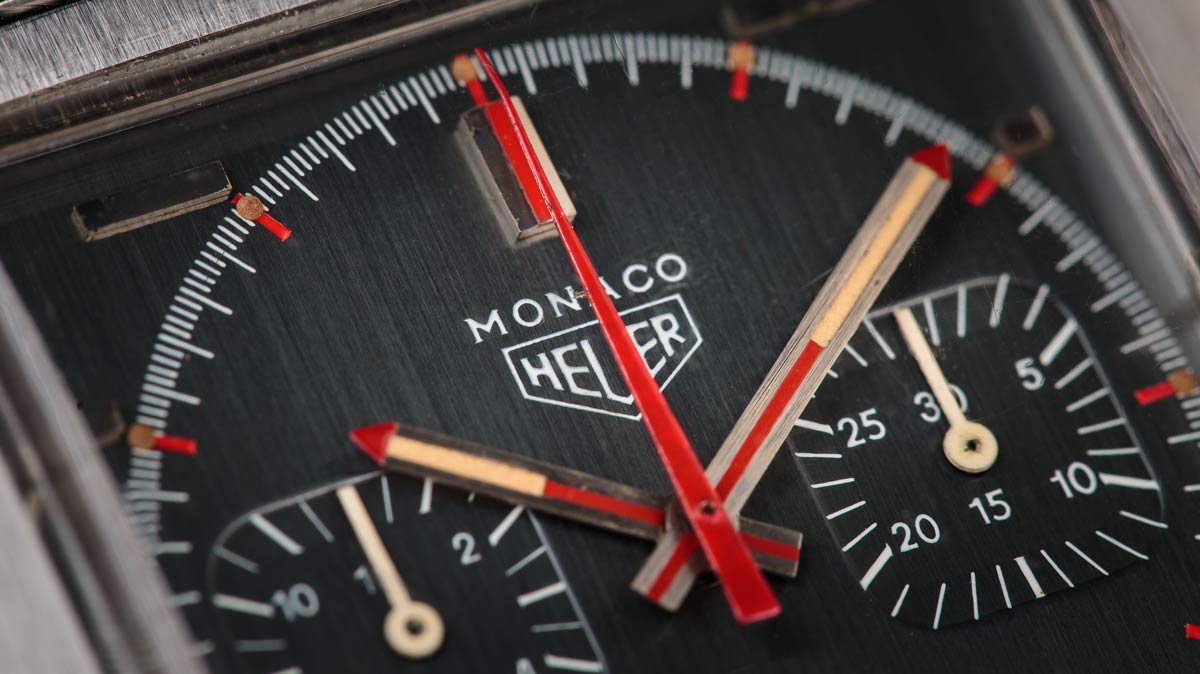
The Monaco put in its debut at Baselworld that year with the 1133, with either a blue or grey dial (1133B or G respectively).
While not truly square, measuring 40mm x 38mm, it was still a massive departure from any other model of the time and its automatic chronograph caliber made sure it garnered plenty of attention. Heuer even positioned the crown on the left hand side; a subtle advertisement of a watch that didn’t need winding.
Even so, the Monaco seemed just a little too much for many fans and its sales were muted. What it really needed was an image boost.
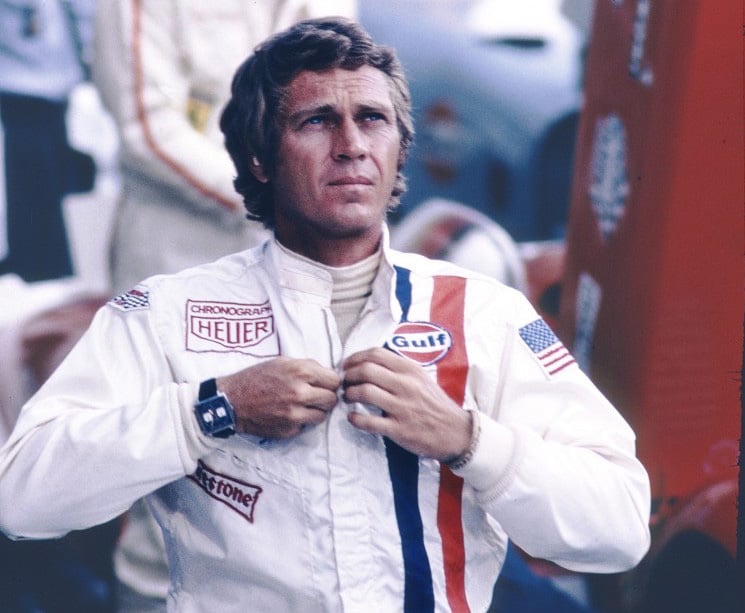
Enter just about the best friend any watch brand could ask for. When Steve McQueen took on the role of Michael Delaney in the 1971 movie Le Mans, he heavily based the character on Jo Siffert, the lead driver of the Porsche team competing in the World Sportscar Championship. A close friend of Jack Heuer and an ambassador for the company, Siffert also worked as a consultant on the film and McQueen mirrored much of the drivers’ look for his portrayal, demanding an identical jumpsuit, complete with the Heuer logo on his chest, as well as the same type of watch.
However, where Siffert wore an Autavia, McQueen was given the Monaco, simply because it was the only model the prop master was able to secure three of—one for McQueen, one for close-ups and one as a backup.
Regardless, the patronage of the undisputed king of cool was enough to transform its fortunes and the Monaco would go on to be released in a variety of guises, with both automatic and manually-winding versions.
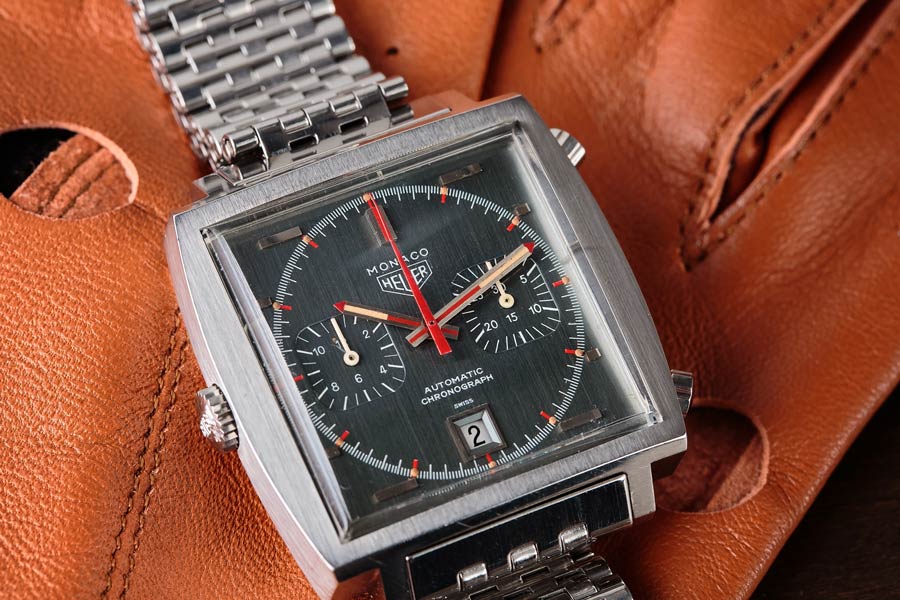
Although it was retired in 1975, it formed part of a nostalgic and highly successful comeback in the late nineties, along with a number of ‘Re-Edition’ Carreras, as TAG Heuer sought to exploit its classic heritage.
The contemporary Monaco models run the gamut between almost exact replicas of the original 1133B from 1969, the CAW211P, all the way through to the platinum Monaco V4 released in 2009; a 150th anniversary concept piece driven by belts rather than traditional movements and designed in partnership with Philippe Dufour.
Easily one of the most distinctive chronographs ever made, the Heuer Monaco continues to be a true standout in a sea of round faces.

